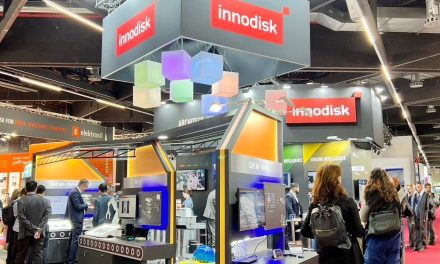
Blaize, formerly known as Thinci, has stepped out of the shadows to unveil a next-generation computing architecture that aims to overcome the challenges faced when working with the heavy data necessary for AI applications. This is inherent as AI features in technologies ranging from automotive to smart vision and overall IoT; Blaize, engaging with early access customers, hopes to the now ‘must-have’ needs of artificial intelligence.
Driven by advances in energy efficiency, flexibility, and usability, Blaize products enable a range of existing and new AI use cases in the automotive, smart vision, and enterprise computing segments, where the company is engaged with early access customers. These AI systems markets are projected to grow rapidly* as the disrupting influence of AI transforms entire industries and AI functionality becomes a “must-have” requirement for new products.
To outline the IP, Blaize’s GSP architecture and Picasso software development platform blend dynamic data flow methods and graph computing models with fully programmable proprietary SoCs. This allows Blaize computing platforms to exploit the native graph structure inherent in neural network workloads all the way through runtime. The efficiency multiplier is delivered via a data streaming mechanism, where non-computational data movement is minimised or even eliminated. This gives Blaize systems the lowest possible latency,  reduces memory requirements and relaxes energy demand at the chip, board and system levels.
reduces memory requirements and relaxes energy demand at the chip, board and system levels.
Dinakar Munagala, co-founder and CEO of Blaize, had this to say: “Blaize was founded on a vision of a better way to compute the workloads of the future by rethinking the fundamental software and processor architecture. We see demand from customers across markets for new computing solutions that address the immediate, unmet needs for technology built for the emerging age of AI, and solutions that overcome the limitations of power, complexity and cost of legacy computing.”
“Blaize’s vision of a native graph streaming processor (GSP) is relatively unique,” added Karl Freund, senior AI analyst at Moor Insights & Strategy: “The GSP is more general purpose than, say, a single-function ASIC for AI, and can consequently create opportunities in many markets, from automotive to the edge to the cloud.”




